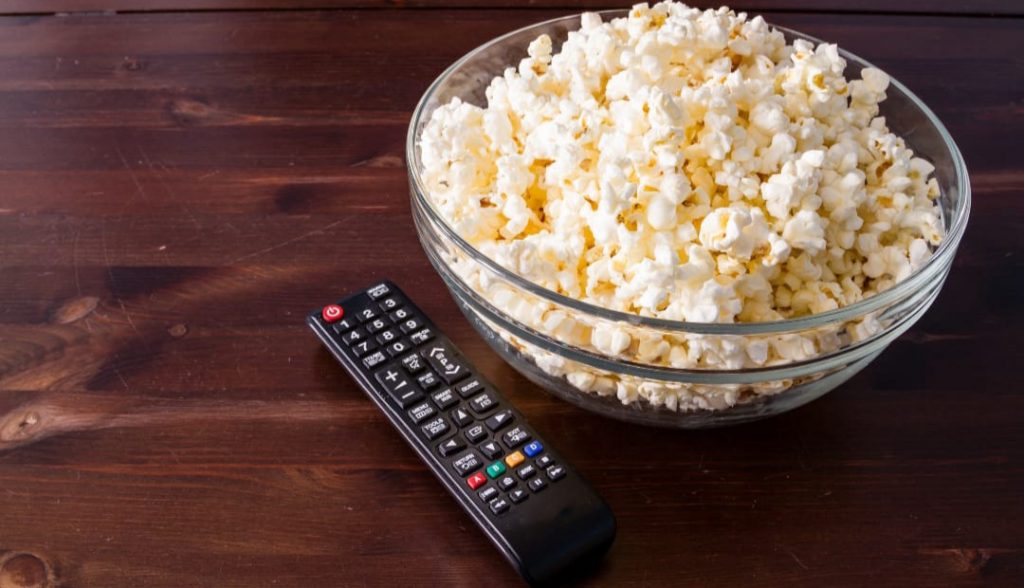Confused Between Smart TVs and Android TVs?

Growing up, television was a preserve for the rich not many people could afford it. I remember the day that my father came home with a box which turned out to be a small TV which was red and black. That was the most exciting day of my life as a kid. We sat patiently as they fixed the aerial,
‘’hapo?’’ My elder brother who had climbed the roof would shout, and my cousin could shout back,
‘’Rudisha nyuma kidogo, hapo, shikilia hapo.”
It took them a little longer than we expected to finally find the only channel that was available, KBC. Our TV was black and white, it was kept in a cabin that had been erected on the wall, the wooden cabin had a padlock, my mum always had the key and the only time we were allowed to watch TV was during News and on Sunday noon, for about 3 hours.
Nowadays, I look at my son and muse over the things that he will never experience. TV has evolved from 14 inches and a big back to a massive 292 inches’ flat screens. How incredible. We are spoilt for choice, from smart TVs, to android TVs and endless channels.
The difference and similarity between a Smart TV and Android TV is very small. A smart TV basically delivers content through the internet, which also applies to an Android TV. The difference between the two TV systems is that an Android TV sorely runs on Android OS.
Which between the two makes more economical sense to consumers?
Android TVs have an App library supported by Play store. There are so many Apps to choose from and the best part is, all the Apps are optimized for the TV and they have Intuitive controls for a bigger screen.
A Smart TV has limited App support because of the OS they run on. They have basic Apps like YouTube, Netflix and Prime Video but lack a big number of other Apps that are available in the Android TVs. A smart TV can be easily converted into an Android TV by purchasing an Android stick that is connected to the HDMI port.
Android TVs have in-built Chromecast feature that works well with smartphones unlike Smart TVs that are a hassle to pair with other devices.
In short, Android TVs are more ideal than smart TVs. However, they are slightly expensive compared to smart TVs.
TV resolutions often sound like a jargon of numbers that most people don’t get but here are the simple terms of it; 8K, 4 K, HD and UHD are part of what makes our TVs what they are although they are not the most important factors to consider but they are worth noting. They are resolutions that enhances viewership. Older and smaller TVs are 4K Ultra HD while newer versions are either 8K or 10K. The only difference is the size pixels and with the way technology is advancing, resolutions in TVs will soon be a thing of the past.












LEAVE A COMMENT